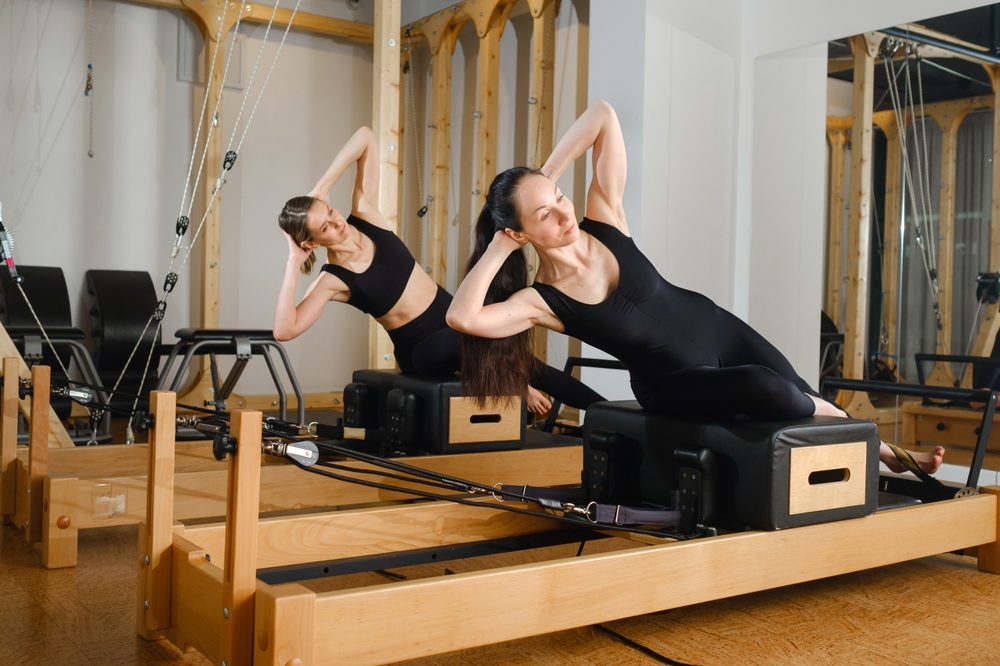How Pilates Supports Rehabilitation, Physical Therapy, and Fitness
Pilates is a movement system that emphasizes controlled, precise motion, posture alignment, and breath coordination. Developed in the early 20th century, it now appears in studios, gyms, and healthcare settings. This article explains how pilates is structured, how it connects with physical therapy and rehabilitation, what typical exercises look like, and how it can fit into a broader fitness routine.

This article is for informational purposes only and should not be considered medical advice. Please consult a qualified healthcare professional for personalized guidance and treatment.
What is pilates and who can practice it?
Pilates combines gentle strengthening, flexibility work, and mindful movement. Sessions can be done on a mat or using specialized equipment such as a reformer, Cadillac, or chair. Instruction is typically adaptable for different ages and mobility levels: sessions can be modified for beginners, older adults, or those with movement restrictions. Qualified instructors tailor exercises to individual needs, focusing on safe progression and quality of movement rather than speed or high repetition.
How does pilates relate to physical therapy?
Pilates principles are often complementary to physical therapy goals, notably in retraining movement patterns, improving core control, and reducing compensations. Physical therapists may integrate pilates-derived exercises to support recovery plans by emphasizing alignment, breath, and muscle activation. When used in clinical practice, pilates-based work is usually adapted to the patient’s diagnosis, range-of-motion limits, and pain tolerance, and it is delivered alongside other therapeutic interventions as appropriate.
Can pilates aid rehabilitation after injury?
In rehabilitation contexts, pilates can provide low-impact options to rebuild strength and mobility while minimizing joint stress. Its emphasis on controlled motion helps patients relearn coordinated movement and restore functional patterns over time. Progressions are incremental: simple stabilization and breathing exercises often precede more dynamic movements. As with any post-injury program, exercises should be prescribed or approved by a healthcare professional to avoid worsening an injury or delaying recovery.
What exercises are common in pilates classes?
Pilates programs include a range of mat-based and equipment-assisted exercises. Mat exercises commonly include the pelvic curl (bridge variations), roll-up, the hundred (breath-focused activation), single-leg circles, and controlled planks. On apparatus, the reformer offers spring-assisted resistance for leg and arm work, while the Cadillac and chair add varied leverage and support. Props such as small balls, resistance bands, and foam rollers are also used to refine alignment and proprioception.
How does pilates support overall fitness goals?
Pilates can complement cardiovascular and strength-training routines by addressing mobility, core stability, balance, and muscular endurance. Its controlled approach often improves body awareness, which may enhance performance in other activities and reduce the likelihood of compensatory movement patterns. Because intensity can be scaled, pilates suits cross-training, active recovery days, or as a foundational practice to support posture and functional strength without high-impact loading.
Conclusion
Pilates is a structured movement approach that intersects with physical therapy and rehabilitation through its focus on alignment, controlled activation, and progressive exercise modifications. It offers flexible formats—from mat work to specialized apparatus—that can be tailored to rehabilitation needs or general fitness aims. For anyone considering pilates after injury or for a specific health condition, consulting a qualified healthcare provider or a certified pilates instructor experienced in clinical contexts is recommended to ensure safe, effective programming.






